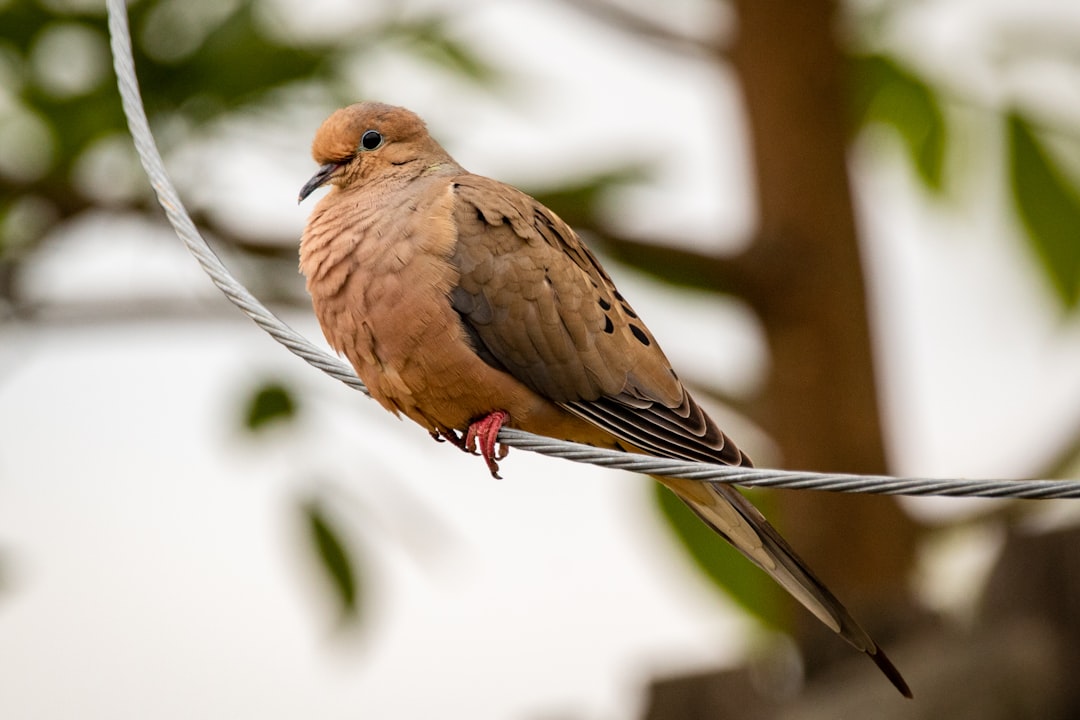Backyard farming isn’t just about growing food—it’s about working with nature to create a self-sustaining system. That’s where permaculture comes in. This design philosophy helps you build a resilient, efficient, and productive backyard farm that mimics natural ecosystems.
Whether you have a small garden or a larger homestead, permaculture principles can increase yields, reduce waste, and create a healthier environment. Let’s explore how to apply these principles to your backyard farm!
What Is Permaculture?
Permaculture is a holistic approach to farming and gardening that focuses on:
✅ Sustainability – Using resources efficiently to reduce waste.
✅ Regeneration – Improving soil health and biodiversity over time.
✅ Integration – Designing systems where plants, animals, and people support each other naturally.
By following permaculture principles, you can create a self-sufficient backyard that requires less maintenance while producing more food.
Key Permaculture Principles for a Thriving Backyard Farm
1. Observe and Interact with Nature
Before making changes, observe your backyard carefully:
🔍 Where does the sun hit throughout the day?
💧 Where does water flow after it rains?
🌱 What plants and insects naturally thrive there?
👉 Tip: Spend a season observing your land before major planting. Work with nature, not against it.
2. Catch and Store Energy (Water, Sunlight, and Nutrients)
A self-sustaining system efficiently captures and stores resources.
💧 Water:
✔ Install rain barrels to collect water from your roof.
✔ Use mulch and swales (shallow ditches) to retain moisture.
☀️ Sunlight:
✔ Place solar panels for energy use.
✔ Position plants to maximize sun exposure based on their needs.
🌱 Nutrients:
✔ Compost food scraps to create natural fertilizer.
✔ Use chicken manure, worm castings, or biochar to enrich the soil.
3. Design for Self-Sustaining Relationships (Stacking Functions)
Each element in your backyard should serve multiple purposes.
🌳 Example: A fruit tree provides:
✅ Shade (cooling the soil)
✅ Food (fruits for humans & animals)
✅ Habitat (for beneficial insects and birds)
✅ Organic material (fallen leaves for composting)
🐓 Example: Chickens provide:
✅ Eggs and meat
✅ Pest control (eating insects)
✅ Natural fertilizer (their manure enriches the soil)
👉 Tip: Think beyond single-purpose elements—integrate plants, animals, and systems!
4. Use Small, Slow Solutions
Instead of making big, expensive changes, start small and build gradually.
🌱 Start with a small garden bed, then expand based on what works.
💦 Use drip irrigation first before installing a large-scale system.
🐐 Start with chickens or rabbits before adding larger livestock.
👉 Tip: Test and adjust before scaling up—this prevents waste and frustration.
5. Work with Renewable Resources and Natural Cycles
A sustainable backyard reuses and recycles resources naturally.
♻ Compost kitchen scraps instead of throwing them away.
🐝 Encourage pollinators (bees & butterflies) with flowering plants.
🌿 Use natural mulches (straw, leaves, wood chips) instead of synthetic fertilizers.
👉 Tip: Nature is full of free resources—learn to use them wisely!
6. Use and Value Diversity
Monocultures (growing just one crop) exhaust the soil and attract pests. Instead, create a diverse ecosystem:
🍅 Plant a mix of vegetables, herbs, and flowers to deter pests naturally.
🐓 Raise chickens and ducks together—ducks eat slugs, while chickens scratch the soil.
🌾 Mix fruit trees and berry bushes—they provide habitat and support each other.
👉 Tip: The more diversity, the more resilience!
7. Mimic Natural Patterns (Food Forests and Guilds)
Nature doesn’t plant in rows—it layers plants in natural groupings.
🌳 Example: A Food Forest Guild
🌲 Tall trees (Apples, Pears) – Provide shade and fruit.
🌿 Shrubs (Berries, Medicinal Herbs) – Grow under trees.
🌾 Ground Cover (Clover, Strawberries) – Protect soil and retain moisture.
🍄 Fungi (Mushrooms) – Break down organic material.
👉 Tip: Grow food like a natural forest for a self-sustaining system.
8. Use Edges and Margins Efficiently
Nature thrives at the edges—where different environments meet.
🏡 Examples for Your Backyard:
✔ Grow herbs along fence lines—they take up little space.
✔ Use pond edges for aquatic plants like watercress.
✔ Intercrop vegetables in flower beds to maximize space.
👉 Tip: Turn overlooked areas into productive growing spaces!
Bringing It All Together: A Simple Backyard Permaculture Plan
Want to apply these principles? Here’s a beginner-friendly design:
✅ Catch and store water – Add rain barrels & mulch.
✅ Grow a food forest – Plant trees, shrubs, and herbs together.
✅ Add small animals – Start with chickens or bees.
✅ Compost everything – Food scraps, manure, leaves.
✅ Create diverse growing spaces – Raised beds, vertical gardens, and mixed planting.
🌿 Start small, observe nature, and let your backyard farm evolve naturally!
Final Thoughts: Why Permaculture Is the Future of Backyard Farming
Permaculture saves time, resources, and effort by designing self-sustaining systems. It transforms your backyard into a healthy, productive ecosystem—one that feeds your family while regenerating the land.
🌎 By working with nature, we can create abundance for generations to come!
💬 What permaculture principles have you tried? Share your experiences in the comments!

Comments
No comments yet. Be the first to comment!
You must be logged in to comment. Login